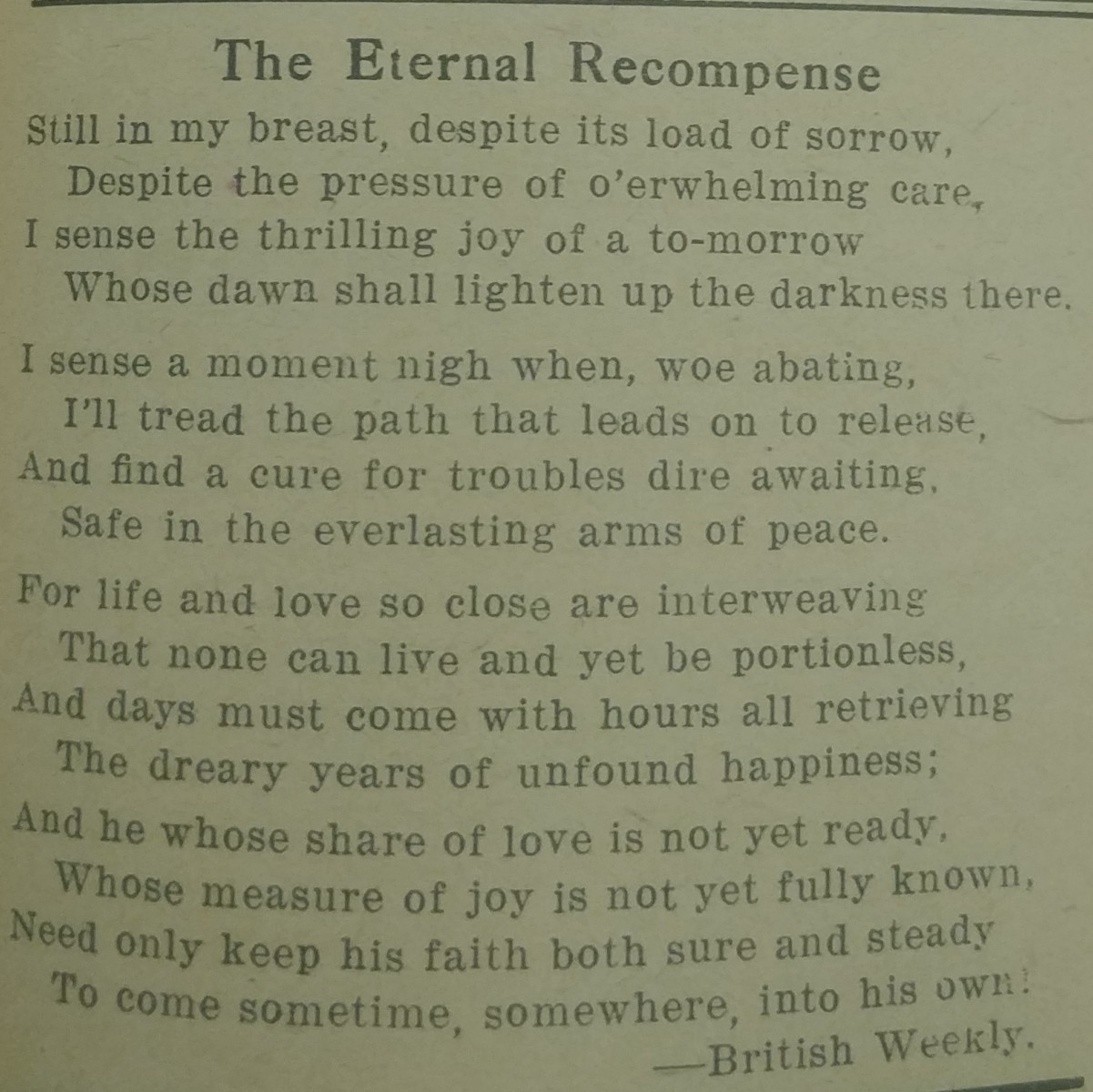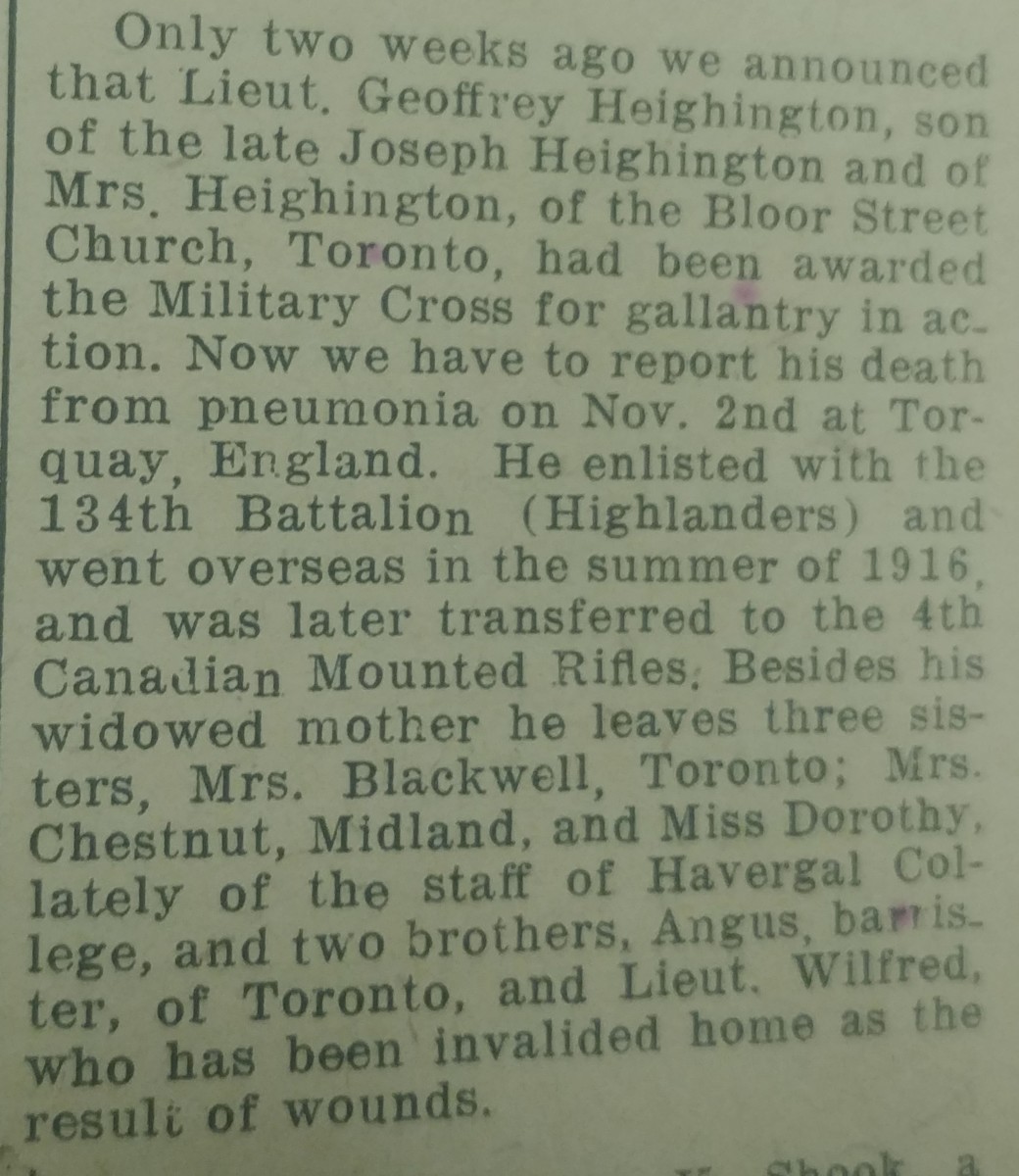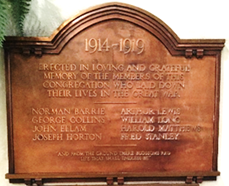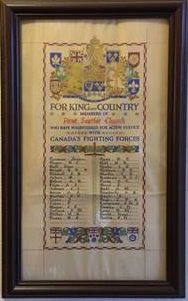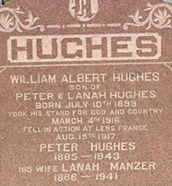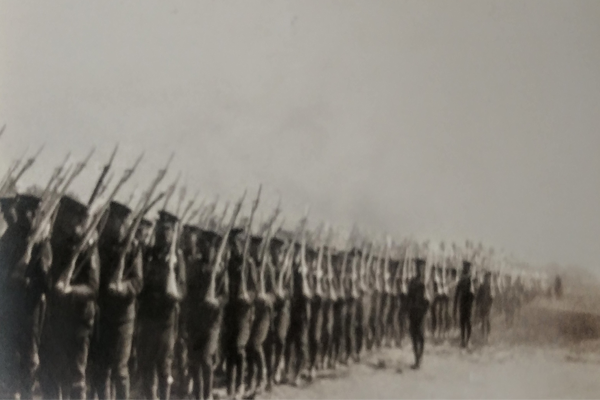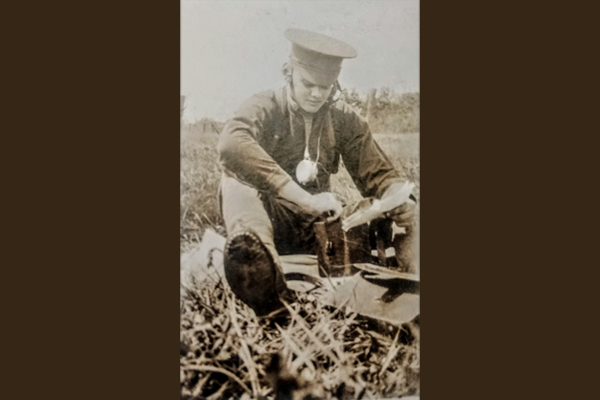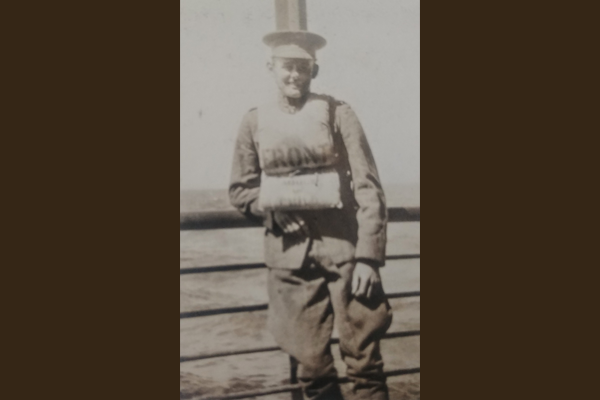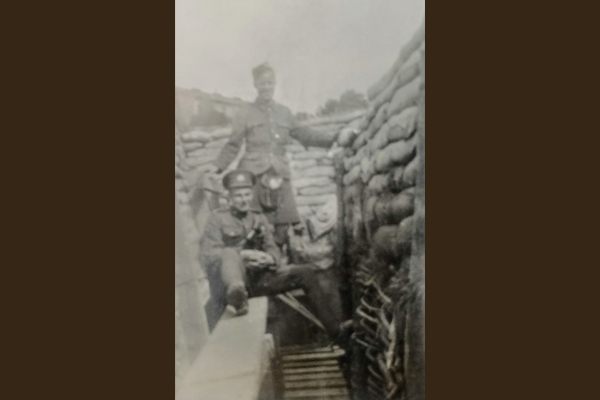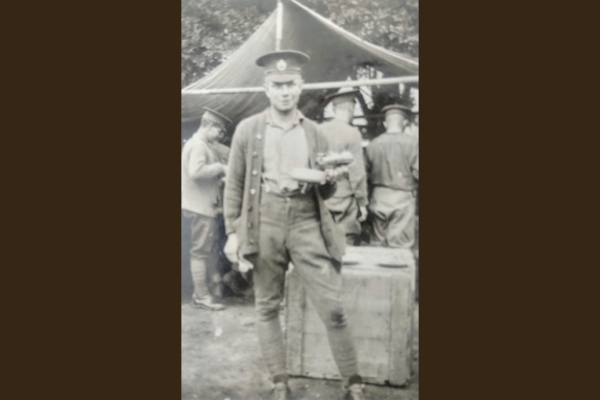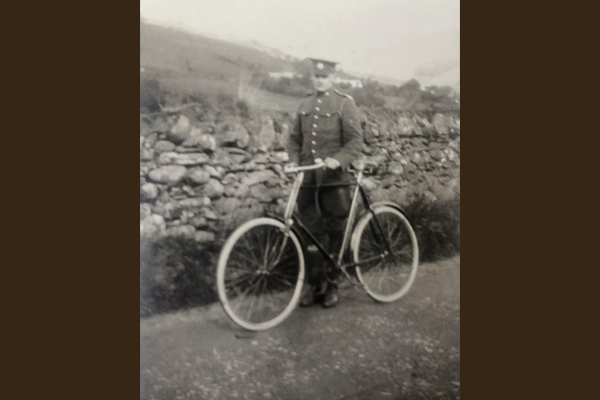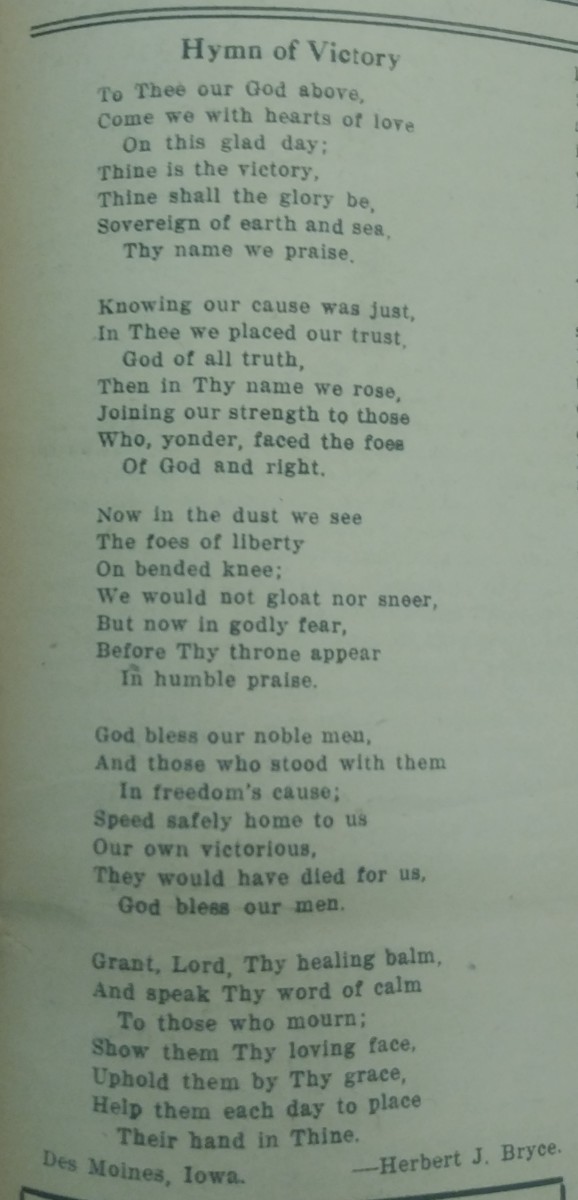The War to End All Wars
By Adam McCullouch, Archivist, Canadian Baptist Archives and Jacqueline Solomon, Communications Associate, CBOQ
On November 11, 1918, the “War to End All Wars” finally ended. After four brutal years of young men dying in sodden trenches, the war had a deep and lasting impact on the Baptist community in Ontario and Quebec.
And yet, despite the horrors of The Great War, just two decades later the world rushed right back in—this time with better weaponry. And once again, millions of lives were lost in concentration camps, on battle fields and in hospitals. Between the two wars it is estimated that a hundred million lives were snuffed out.
Most of us alive today have never experienced war, but for those who did and for the ones who stayed behind to pray, worry and mourn, war left an indelible impression on the Canadian psyche.

